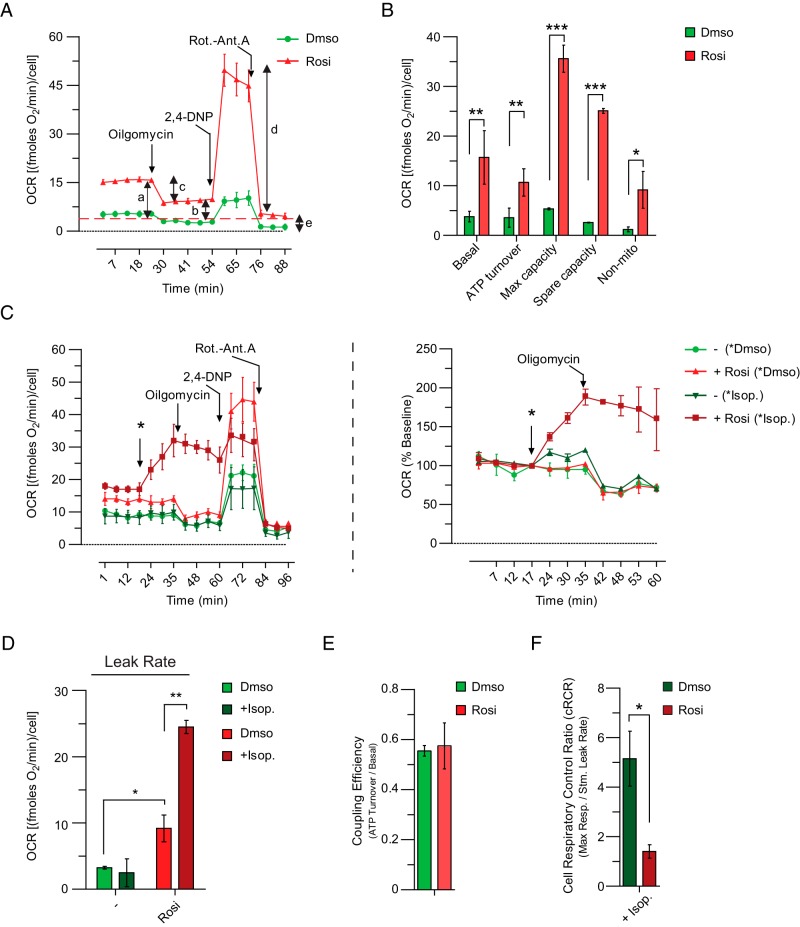Figure 3. Thermogenic capacity of human beige adipocytes.
A and B, Representative cell respiratory experiment. A, OCR in differentiated hASCs under basal conditions, after the addition of oligomycin (2μM, ATP turnover), in the presence of 2,4DNP (180μM, Max capacity), or rotenone/antimycin (5μM/5μM, Nonmito). B, Nonmitochondrial respiration after the final addition (e) was subtracted from the other values. Basal respiration (a); oligomycin-insensitive (leak, as an index of uncoupled respiration) respiration (b); oligomycin-sensitive (ATP turnover) respiration (c); maximal respiration in the presence of 2,4DNP (d). Derived parameter: spare respiratory capacity (d–a) (data as average of 3 independent experiments). C, Representative OCR in differentiated hASCs under basal condition, after the addition of DMSO or iso (100nM), oligomycin (2μM), in the presence of 2,4DNP (180μM), or rotenone/antimycin(5μM/5μM). C, left panel, Percentage change in OCRs in differentiated hASCs after injection of DMSO or iso (*) and oligomycin (C, right panel). D, Oligomycin-insensitive OCR (leak rate, as an index of uncoupled respiration) in Rosi-treated hASCs. E and F, Coupling efficiency (ATP turnover [c]/basal respiration [a]; cRCR; Max respiration [d]/leak rate [b]). Data in B and D–F are represented as mean ± SEM; n = 4 independent experiments; ***, P < .001; **, P < .01; and *, P < .05.

